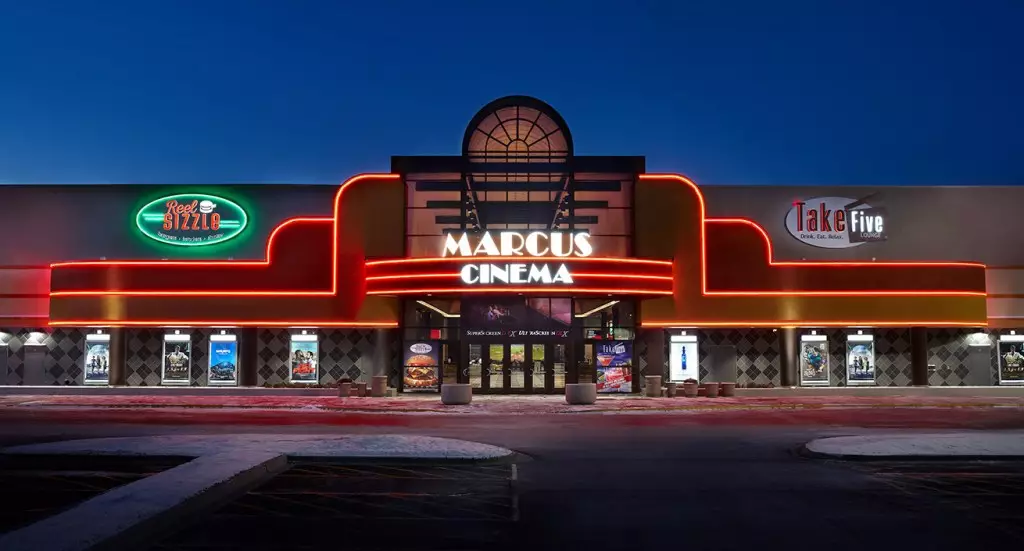In the theater business, attendance isn’t merely a statistic; it is the lifeblood of operations. As industry leaders like Greg Marcus highlight, driving patrons away from their homes and into theaters is fundamental to boosting not only ticket sales but also ancillary revenues related to concessions and other services. With the COVID-19 pandemic having dramatically altered audience behaviors, theaters are now more focused than ever on strategies that engage potential viewers. Marcus’ firm, which owns both a hotel chain and a cinema circuit, illustrates how diverse revenue streams inform pricing models. Their latest initiatives, such as Discount Tuesday, are designed to attract audiences, challenge traditional perceptions about ticket pricing, and ultimately drive higher foot traffic.
The intricacies of ticket pricing have never been more nuanced. Marcus admits that finding an optimal pricing model is an ongoing challenge, as the landscape is influenced by various factors. The concept of revenue management—finding the right price for the right audience at the right moment—has been crucial in navigating this complexity. Insights from related industries like hospitality are being applied to the theater sector, highlighting an intersection of best practices that can yield profitability. This analytical approach aims not just to maximize short-term profits but to foster a long-lasting relationship with customers, encouraging repeat attendance.
Despite the rocky aftermath of the pandemic, Marcus Corp. reported an impressive 23% increase in theater revenues, reaching $121.2 million in the last quarter of 2024. Such growth can be credited to blockbuster performances from films like “Wicked” and “Moana 2,” which have significantly impacted box office sales. However, while overall revenue surged, the operating income displayed a minor decline amid non-cash impairment charges. Notably, adjusted profits soared 61.3%, which signifies effective cost management strategies that are increasingly essential in a fluctuating market. This financial resilience demonstrates the capacity of theater chains to adapt and thrive despite ongoing uncertainties.
In November 2024, the introduction of the Marcus Movie Club marks a strategic pivot toward enhancing customer loyalty. For a monthly fee, members can access significant benefits, such as discounts on tickets and concessions, while also circumventing typical online booking fees. This initiative recognizes evolving consumer preferences, as audiences now seek value and convenience in their entertainment choices. Early sales figures reflect a promising adoption rate, particularly with a majority opting for annual memberships. This loyalty model not only helps stabilize revenue streams but also plays a crucial role in ensuring the sustainability of theater attendance long-term.
As the industry reflects on 2024, it is apparent that the second half of the year has dramatically outperformed the first, suggesting a recovery trajectory that could dictate future business strategies. With blockbuster films driving attendance and helping redefine what a successful year looks like, the landscape for theaters is certainly polarized. The approach adopted by Marcus and other exhibitors underscores the importance of adapting to changing audience dynamics. This ability to pivot towards trends while simultaneously fostering an enriching theater-going experience will be essential as the cinematic landscape continues to evolve. The path ahead may be steep, but the concerted effort to understand and engage with the modern moviegoer offers a promising outlook for the theater industry.

